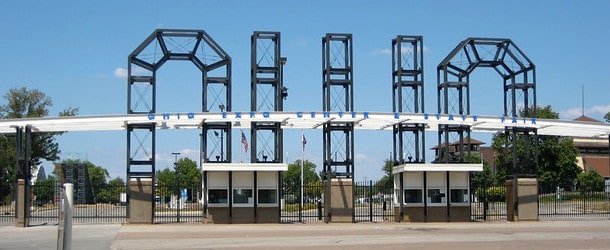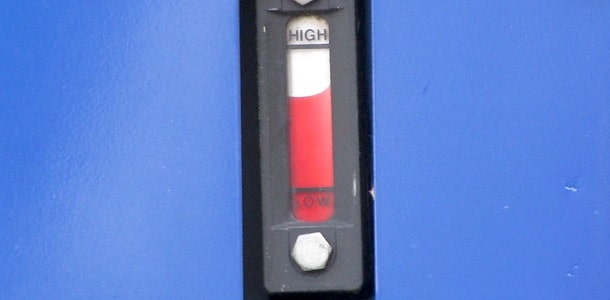Mortgage Tips
This was the first category I created when this website was created in 2006.
And it’s really why I launched the site to begin with. To educate prospective home buyers and existing homeowners.
Simple guides and practical mortgage tips can help you better understand and prepare for the home loan process.
Same goes for answering mortgage questions and brushing up on the latest mortgage lingo.
Sometimes home buyers focus exclusively on the real estate piece while ignoring the home loan part.
This can result in some bad decisions when it comes to getting a mortgage. Or simply overpaying because of missteps (or a lack of shopping around!).
Learn how to get a mortgage, refinance an existing loan, and discover the many different loans programs available today.
You’re not financing a TV, or a car for that matter. It’s a big purchase and it deserves a lot more time and attention.
Arm yourself with knowledge early on and you’ll likely enjoy a better outcome.










